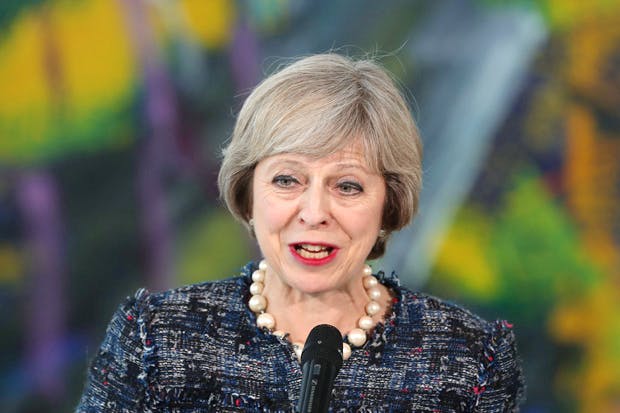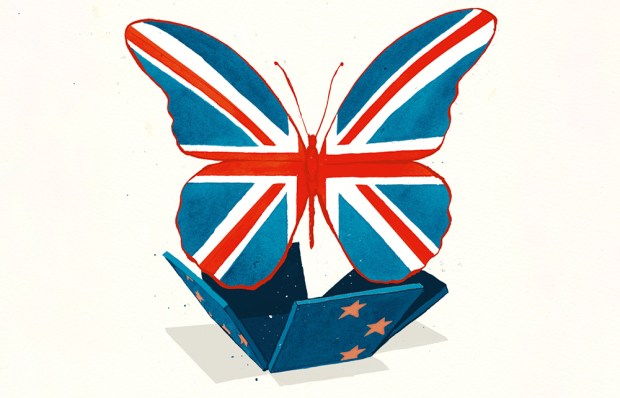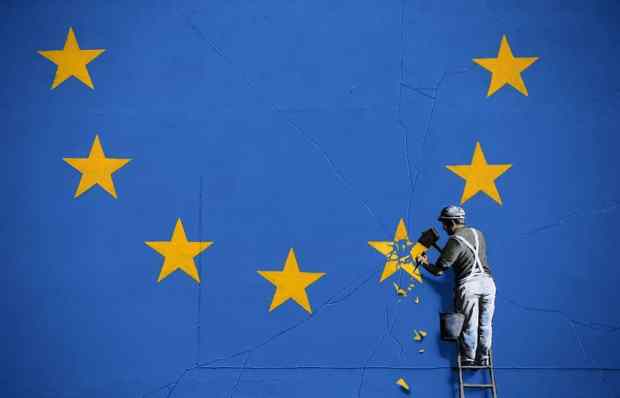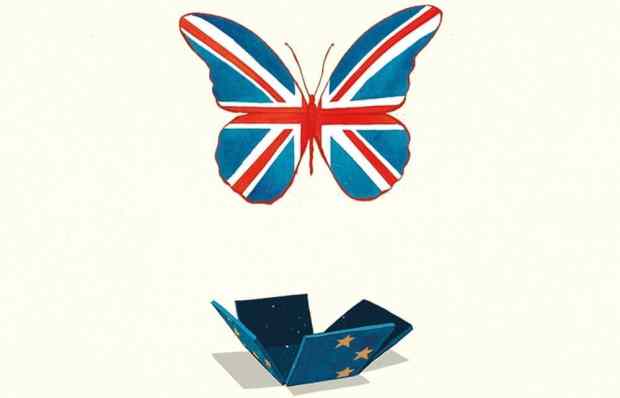For months, now, a hunt has been on for the government’s Brexit strategy. Theresa May has quite rightly refused to disclose it. She knows that the European Union needs to be seen to make Britain suffer. She will have to ask for for a lot, only to back down so the EU can have its pound of British flesh. The hope is that she can then emerge with what she wanted all along. So a game of bluff is under way. This has created a rather unsatisfactory situation where Parliament wants to know where she will draw the line, and she refuses to say. Her every word is scoured for clues. None have been forthcoming.
No one scours the House of Lords for clues on anything nowadays, and yet the real Brexit strategy may have been revealed in an announcement by Baroness Neville-Rolfe, a business minister. Britain, she said, has decided to press ahead with plans to join an EU-wide patent system. This is a major overhaul, requiring UK courts to give up jurisdiction over patents, pooling sovereignty with the rest of Europe. One of the central divisions of the proposed Unified Patent Court will be in London, with the other two in Munich and Paris — all overseen by the European Court of Justice in Luxembourg. There will be British lawyers among the judges. All will proceed, it seems, as if Britain had never voted to leave the EU.
The decision has astonished those in the industry, who had believed that Britain’s membership of the European patent court had been torpedoed by Brexit. In theory, a Dutch company will be able to go to a court in Greece and be granted an order, without notice, for a 6 a.m. raid in Britain to seize the goods of a company that it accuses of patent infringement. Exactly the type of foreign meddling that Brexiteers have railed against. But Theresa May’s government thinks the risk is a price worth paying for the simplicity of a European-wide system for litigating patents, something Britain has been arguing for since 1970. Now that it is happening, with Britain playing such a big role, why let Brexit get in the way?
We might be witnessing the first example of Mrs May’s Brexit strategy — to leave the EU, but opt into the agreements that we find agreeable. The price for this would be to accept the supremacy of the European Court of Justice, something that had been considered off the agenda. But on patents, at least, Mrs May’s government has planned to accept the ECJ’s writ. Many firms had abandoned preparations for the European patent system but, as they are finding out, Mrs May is someone who prefers communicating through action rather than words.
Indeed, the former can often contradict the latter. ‘Let me be clear,’ she told the Tory party conference a few weeks ago. ‘We are not leaving only to return to the jurisdiction of the European Court of Justice. That’s not going to happen.’ It now seems that it is going to happen — as far as patents are concerned, at least. And when the newspapers wake up to the significance of this decision, there will be plenty more to discuss. Where else might she opt into ECJ jurisdiction?
The obvious example is the financial services sector, which is keen to keep ‘passporting’ rights — whereby a firm licensed in London has the power to operate throughout the rest of Europe. This is something that is valuable, even critical, to many banks and it helps explain why so many were so vigorously opposed to Britain leaving the EU. Losing their passporting rights would restrict their freedom to roam, and perhaps persuade some financial institutions to move to Frankfurt. So Britain may end up keeping the bank passporting system — which would again mean accepting the jurisdiction of the European Court of Justice.
In this way we would complete Brexit, but opt back into European laws on a sector-by-sector basis. Mrs May has form on this. As Home Secretary, she pulled out of European justice regulations only to opt back into the European Arrest Warrant system, to the dismay of her more Eurosceptic colleagues.
Her plan makes perfect sense, which is why it is dangerous to the EU. The European Union is held together by an insistence that no nation can cherry-pick their terms of membership. Any country seeking the benefit of EU membership needs to accept all its defects, including the diktats from Brussels and the often huge bills paid by members. Over the years, Britain has successfully escaped the worst schemes (the Schengen borderless passport system, and the European single currency). David Cameron sought to wriggle out of more, seeking greater control over immigration in his re-negotiation. This was the last straw for the EU: they’d had enough of making concessions to Britain.
For decades, Britain’s approach to the EU was to stay in and try to evade its most damaging schemes. It seems that Mrs May is planning to do the reverse: leave the European Union and then opt back into the schemes that she finds useful. The EU will probably demand a high price for this. We might end up, like Norway, being charged a substantial amount for access to various institutions — and this may even be worthwhile. After months of talk about hard vs soft Brexit, the outline of a sensible compromise is beginning to emerge.
Got something to add? Join the discussion and comment below.
Get 10 issues for just $10
Subscribe to The Spectator Australia today for the next 10 magazine issues, plus full online access, for just $10.














Comments
Don't miss out
Join the conversation with other Spectator Australia readers. Subscribe to leave a comment.
SUBSCRIBEAlready a subscriber? Log in